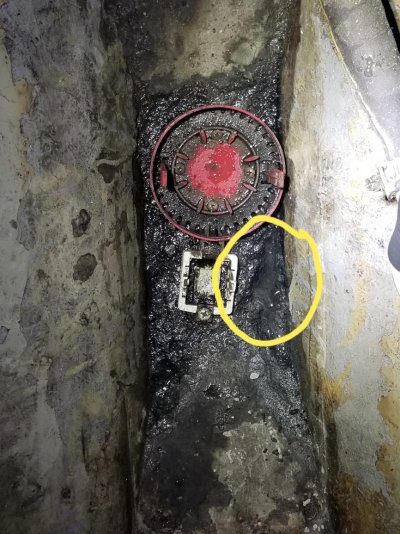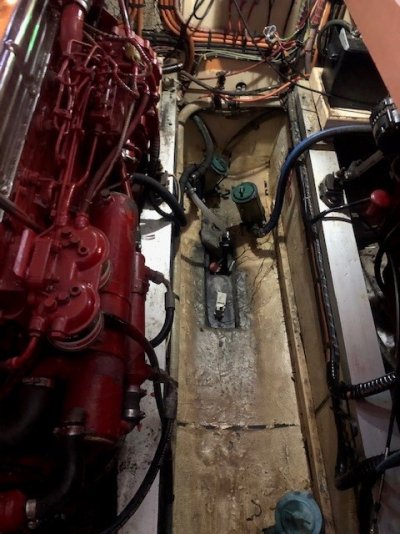Hi
We have a 1985 Chien Hwa trawler. We just had the boat hauled out for a new bottom paint and now there is seepage in the bilge, but it seems to come from below as there are no water tails from anywhere else. The bilge used to always be compley dry before.
The material in the bilge seems to be deteriorating and pieces come loose. What material could this be? Where is the water coming in through the hull? What is the best way of fixing this? It's slowly seeping in at the location marked in the photo.
Any recommendations how to take care of this?
Thank you so much.
Anja
We have a 1985 Chien Hwa trawler. We just had the boat hauled out for a new bottom paint and now there is seepage in the bilge, but it seems to come from below as there are no water tails from anywhere else. The bilge used to always be compley dry before.
The material in the bilge seems to be deteriorating and pieces come loose. What material could this be? Where is the water coming in through the hull? What is the best way of fixing this? It's slowly seeping in at the location marked in the photo.
Any recommendations how to take care of this?
Thank you so much.
Anja


